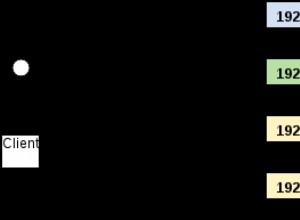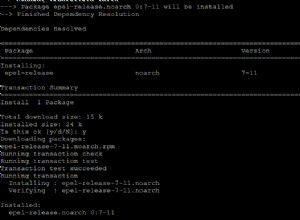db.collection.aggregate([
{//Denormalize first level
"$unwind": "$newList"
},
{//Second nested level
"$unwind": "$newList.newPMBList"
},
{//Deep nested last level
"$unwind": "$newList.newPMBList.newPMList"
},
{
$group: {//Grouping back
"_id": null,
"newList": {
$push: "$newList.newPMBList.newPMList"
}
}
},
{
$project: {//Finding unique
newList: {
$setUnion: [
"$newList",
"$newList"
]
}
}
}
])
Le sugiero que incluya otros campos usando first acumulador en group y conservarlos en project .
Puede simplificar aún más como se muestra a continuación
db.test.aggregate([
{
"$unwind": "$newList"
},
{
"$unwind": "$newList.newPMBList"
},
{
"$unwind": "$newList.newPMBList.newPMList"
},
{
$group: {
"_id": null,
"newList": {//addToSet keeps distinct
$addToSet: "$newList.newPMBList.newPMList"
}
}
}
])
Además, compre omitiendo una desnormalización, pero devuelve una matriz de matrices.
db.test.aggregate([
{
"$unwind": "$newList"
},
{
"$unwind": "$newList.newPMBList"
},
{
$group: {
"_id": null,
"newList": {
$addToSet: "$newList.newPMBList.newPMList"
}
}
}
])
Si omite otro nivel, agregará un nivel anidado más en el resultado.




